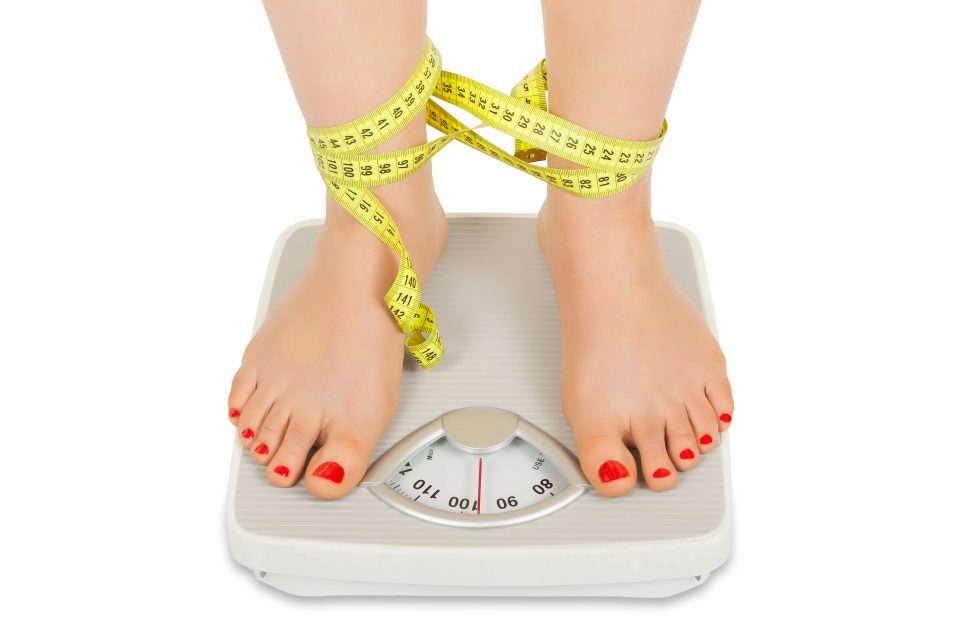
Understanding Eating Behaviors
On the surface, it seems simple – everyone has to eat. However, our thoughts, feelings, and actions regarding food can significantly impact our health, sometimes to the point of life or death. Ideally, balanced eating coupled with exercise would lead to positive health outcomes, but often, an intense focus on eating habits can result in an unhealthy relationship with food, leading to disordered eating or full-fledged eating disorders.
How can you recognize if this is affecting you or someone you care about?
Insights from Experts
By Susan Sugerman, MD, MPH and Kwabena Blankson, MD | Special Contributors
Many individuals are aware of three primary types of eating disorders: Anorexia Nervosa (linked with extreme weight loss), Binge Eating Disorder (characterized by repeated episodes of overeating), and Bulimia Nervosa (involving various “purging” methods to eliminate calories from the body). Recent revisions to the Diagnostic and Statistical Manual of Mental Disorders, 5th Edition (DSM-5), have introduced additional classifications that address a wider range of issues. These include Avoidant/Restrictive Food Intake Disorder (ARFID), which involves severe dietary limitations not necessarily aimed at weight control; Rumination Disorder, which entails repeatedly regurgitating food; and Pica, characterized by eating non-nutritive substances like paper or ice. These new categories allow healthcare providers to better comprehend and address the full scope of eating disorders.
Moreover, there’s concern regarding “disordered eating,” which refers to unhealthy eating habits that do not meet the DSM-5 criteria for an eating disorder but could still evolve into more harmful behaviors over time. In a culture that emphasizes “body image” and “health,” it’s easy for individuals to slip into subtle, unhealthy patterns, often receiving encouragement from family or friends for what they perceive as positive dietary changes.
Identifying Those at Risk
Anyone who consumes food is potentially susceptible to developing an eating disorder. However, certain individuals face a higher likelihood of encountering these challenges. It often boils down to a combination of inherent temperament traits and external influences. For instance, individuals who think in absolutes may struggle to grasp the complexities of nutritional information, leading them to view healthy eating too rigidly. Those with anxious personalities might manage their fears by trying to control their food intake. Impulsive individuals may resort to purging as a weight control tactic, becoming addicted to the euphoria some feel after vomiting. Perfectionists who aim to “do the right thing” can get trapped in unmanageable eating patterns. Additionally, eating disorders often coincide with other mental health issues, making prediction of who will or won’t develop an eating disorder quite challenging.
In the United States, it’s estimated that 20 million women and 10 million men will experience a significant eating disorder at some point in their lives. This figure does not account for the possibly larger number of individuals who occasionally deal with disordered eating or dissatisfaction with their body image. Given that 40-60% of elementary school-aged girls (ages 6-12) express worry about their weight or fear of becoming overweight, these statistics are not surprising. Although women have a higher prevalence of eating disorders, a significant number of men are also diagnosed with these conditions.
From Prevalence and Correlates of Eating Disorders in Adolescents. Results from the National Comorbidity Survey Replication Adolescent Supplement. Sonja A. Swanson, et al, Arch Gen Psychiatry. 2011;68(7):714-723.
Recognizing Warning Signs of Eating Disorders
You should be able to tell if someone has an eating disorder just by looking at them.
False. While noticeable weight loss can indicate calorie restriction, it can also signify other serious health issues (like cancer). Most people with eating disorders maintain a normal weight, and a significant number may be overweight when their disorder begins.
Just because someone is attempting to eat “healthy” or “clean” doesn’t mean they have an eating disorder.
True. However, making drastic changes to one’s diet, whether quickly or gradually, can suggest someone is limiting their food intake in potentially harmful ways. Generally, the body needs a variety of nutrients under different conditions over time.
Losing weight is only dangerous if a person becomes extremely underweight.
False. Both the amount and speed of weight loss are significant factors. Losing a considerable percentage of body weight in a short time can pose serious risks at any size, even if the final result is a “normal” weight.
From “Teen Drama: The Ultimate Rehearsal for Life” by Dr. Susan Sugerman, published by DCT for their Teen Scene Festival, 2011.






